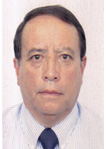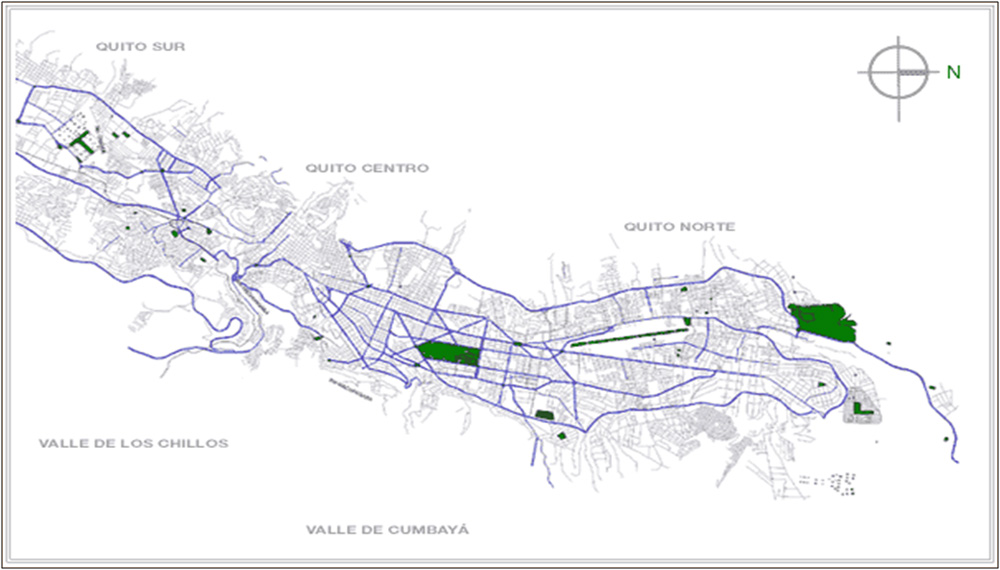
Quito, Ecuador Coordinates: 00.15´00”S 78.35´00”W 2800 m. above sea level Population: 1,400,000 habits
Quito Centre
| Phase One | Phase Two | Phase Three | |||
| Centre: | Quito, Ecuador ( Latin America ) | ||||
| Principal Investigator: | Dr Sergio Barba | ||||
| Age Groups: | 13-14, 6-7 | Timeframe: | May 2003 to July 2003 | ||
| Sampling Frame: | All schools in the urban area of Quito, grouped by socio-economic levels. | ||||
Personnel
Personnel
Dr Sergio Barba

Ecuadorian Allergy and Asthma Association
260 Vozandes
AXXIS-Medical centre of. 509
Ecuador
Roles:
- National Coordinator for Ecuador
- Phase Three Principal Investigator for Quito
WHY QUITO AND ISAAC?

Like others places in the world, the study of allergic diseases until the last century were tailored with anarchic protocols and we felt that all were segmental and with many biases, which prevented correlation with other studies performed in other countries.
On behalf of the Ecuadorian Society of Allergy, Immunology and Allied Sciences (SEAICA), Dr. Sergio Barba MD, the President, contacted Javier Mallol MD, Regional Coordinator of ISAAC and through him with the International Program obtained the best support to undertake the ISAAC Three-b study since we had not participated in ISAAC Phase One. The first action was to make an adaptation to Ecuadorian terms the questionnaire implemented in the regional study. Then we made contact with researchers of Mind Marketing, an Institution that had experience with us in other studies of allergies in our country.
With them, we planned the ISAAC WORK PLAN: we asked the Ministry of Education for the database of the primary and secondary schools of the urban area of the city, then separated the city into three sectors: North, Center and South and with socio-economic information of INEC (National Institute of Statistics and Census) we chose 40 establishments that represented the city demographically. Then we had an interview with rectors, directors and scholar physicians; we trained teachers about the questions of the poll, started the survey and sent the questions to parents of children aged 6-7 years old. With the teen’s group, we gathered the students in a classroom and displayed the video. When they answered the questionnaire, with the help of an ISAAC investigator, they completed the second part of the document.
As an initiative of the SEAICA, we donated to the participating schools a First Aid Kit to thank them for their participation in the study.
The survey was finished in about 7 weeks, and then it was analyzed and sent to the ISAAC International Data Centre. Subsequently we made a few clarifications and successfully completed Phase Three-b in Quito, whose local coordinator was appointed as National Coordinator for this research.
It is important to acknowledge the support provided by the ISAAC international Data Centre. I believe that is important to emphasize that we do not receive financial aid from any pharmaceutical group to complete the work. We currently have the desire to make a new study (10 years later), and to be involved in the ISAAC Phase IV.

